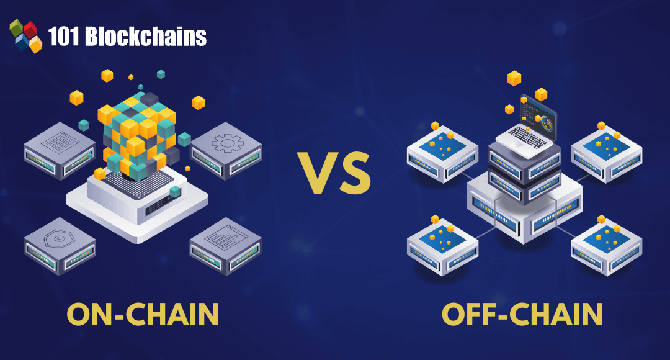101Blockchains
1d
234

Image Credit: 101Blockchains
On-Chain vs. Off-Chain Crypto Transactions Explained
- Blockchain technology and cryptocurrencies have revolutionized financial transactions, with on-chain and off-chain transactions being the two main categories.
- On-chain transactions occur directly on the blockchain, offering transparency and security, while off-chain transactions happen outside the main blockchain for efficiency.
- On-chain transactions are broadcasted on the public ledger and ensure trustless nature, but are slower and resource-intensive.
- Off-chain transactions occur on secondary networks, like payment channels, reducing the burden on the main network and improving scalability.
- On-chain transactions provide high security and transparency, while off-chain transactions offer speed and cost efficiency.
- The relationship with the primary blockchain differs as on-chain transactions are validated on the main chain, while off-chain transactions occur outside it.
- On-chain transactions follow principles of decentralization, while off-chain transactions may introduce centralization in certain scenarios.
- Transaction speed and cost are crucial factors, with on-chain transactions being slower and incurring network fees, unlike off-chain transactions.
- On-chain transactions are suitable for high-stakes transactions, whereas off-chain transactions are ideal for reducing costs and increasing speed.
- Understanding the nuances of on-chain vs. off-chain transactions is key to leveraging the benefits and limitations of each in the blockchain and crypto ecosystem.
Read Full Article
14 Likes
For uninterrupted reading, download the app